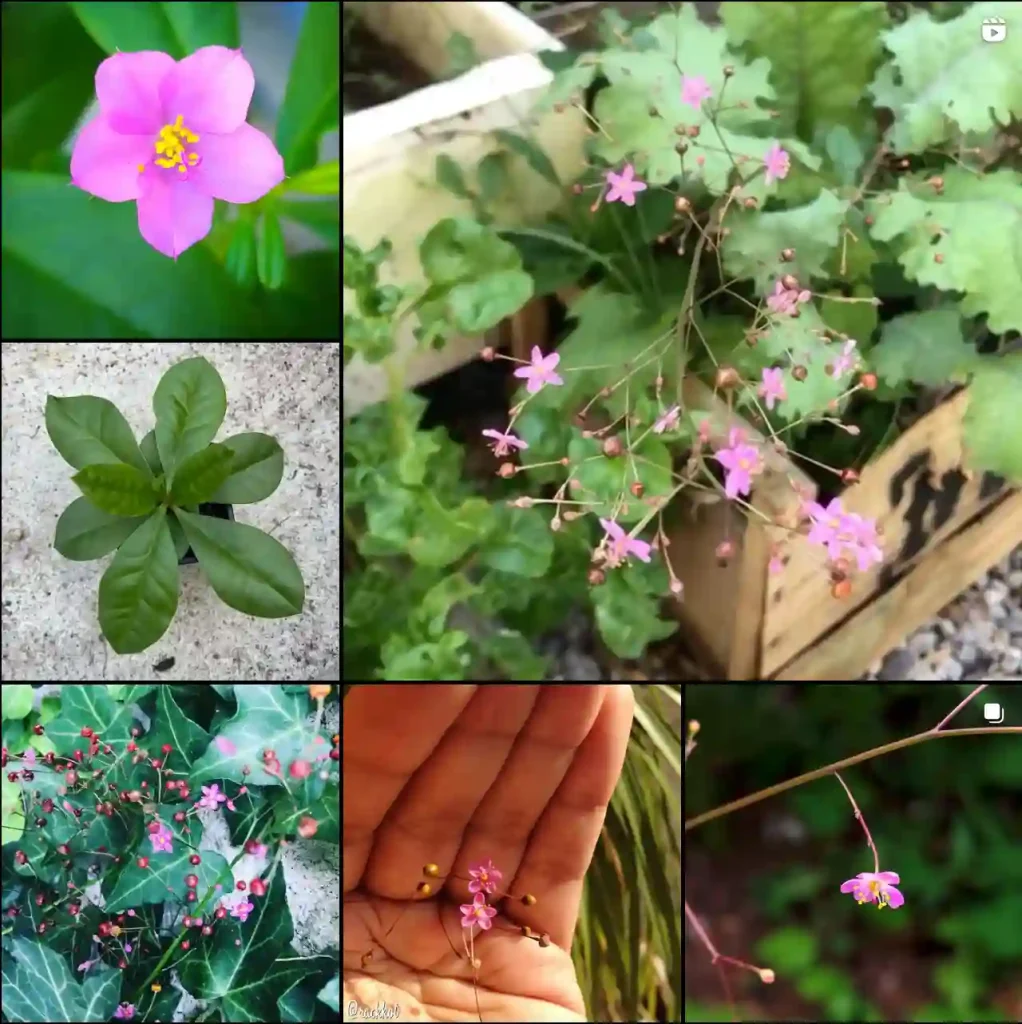FAQs About Encephalartos Woodii
As a plant enthusiast, I’ve had a special fascination with cycads, particularly the rare Encephalartos Woodii. This plant is often hailed as one of the rarest and most unique species on Earth, which makes it an exciting topic for anyone interested in botany. I’ll share my personal experiences, dive into the common questions surrounding this fascinating species, and address its history, care requirements, and more.
What Is Encephalartos Woodii?
Encephalartos Woodii is a cycad, a prehistoric plant species belong to the Zamiaceae family, that has been around for millions of years. It has long, dark green, leathery leaves and a striking appearance that resembles a palm or fern. This plant is not just rare, it is functionally extinct in the wild since no female counterpart exists. It’s one of the most coveted species for collectors because of its uniqueness and the story behind it.
Plant Family: 9 Genera in Zamiaceae
How Many Encephalartos Woodii Are There?
The most incredible fact about Encephalartos Woodii is that there is only one individual in the wild. Discovered in the early 1900s on the slopes of South Africa’s Ngoye Forest, the original specimen was male. Since cycads are dioecious (meaning there are distinct male and female plants), the lack of a female means it cannot reproduce sexually. This species is often referred to as a “living fossil,” and all the Encephalartos Woodii you see in botanical gardens or private collections are clones of that single specimen. This rarity adds to its allure.
How to Care for Encephalartos Woodii?
Caring for an Encephalartos Woodii requires understanding its natural habitat. The plant thrives in warm, sunny environments with well-drained soil. It prefers full sun but can tolerate partial shade. If you’re growing it in a pot, ensure the container has proper drainage, as cycads don’t like their roots to sit in water.
Watering should be moderate. In my experience, I water my Encephalartos Woodii only when the top inch of the soil is dry. Overwatering can cause root rot, which is one of the few things that can kill this tough plant.
Temperature-wise, it prefers warm climates and doesn’t tolerate frost well. If you’re growing it in a region with cold winters, you may need to bring it indoors or provide some frost protection.
Can You Grow Encephalartos Woodii Indoors?
While it’s possible to grow Encephalartos Woodii indoors, I’ve found that it’s challenging because it requires a lot of light. Unless you have a space with plenty of sunlight or are willing to invest in grow lights, it’s best to grow this plant outdoors in a warm climate. If you do bring it indoors, choose a spot near a south-facing window where it can get the maximum amount of natural light.
Is Encephalartos Woodii Toxic?
Cycads, including Encephalartos Woodii, contain compounds called cycasins, which are toxic if ingested. This means you should keep it out of reach of pets and children, as all parts of the plant can be harmful if consumed. In my home, I always keep my cycads in areas where my pets can’t access them to avoid any accidents.
How to Propagate Encephalartos Woodii?
Unfortunately, you cannot propagate Encephalartos Woodii by seed, given that there are no known female specimens. The only way to reproduce this plant is through cloning or offsets (pups). If your plant produces offsets, you can remove them and plant them separately. However, this process takes a long time, and patience is required.
What to Plant with Encephalartos Woodii?
Since Encephalartos Woodii has such a bold and dramatic appearance, I like to pair it with other architectural plants that can complement its form. Agaves, aloes, and other cycads make great companions because they share similar care requirements. For a more tropical look, you can combine it with palms or large-leafed plants like Philodendrons.
What Are the Benefits of Growing Encephalartos Woodii?
Apart from the aesthetic appeal, growing Encephalartos Woodii connects you to a piece of natural history. There’s something fascinating about having a plant in your garden that has outlasted the dinosaurs. Additionally, it’s a low-maintenance plant that can withstand drought and poor soil conditions, making it ideal for xeriscaping or water-wise gardens.
Common Problems with Encephalartos Woodii
While Encephalartos Woodii is a hardy plant, a few problems can arise, especially in improper growing conditions. The most common issues are root rot from overwatering and leaf yellowing due to nutrient deficiencies. Pests like scale insects can also be a problem. In my experience, these pests are easy to control with neem oil or insecticidal soap.
How Does Encephalartos Woodii Compare to Other Cycads?
I’ve noticed that Encephalartos Woodii is often confused with other cycads, particularly Encephalartos Altensteinii or Encephalartos Lehmannii. While they share similar care requirements and appearance, their rarity sets Encephalartos Woodii apart. Most other cycads, like Encephalartos Altensteinii, are readily available, but finding a true Encephalartos Woodii is almost impossible outside of botanical collections.
Can Encephalartos Woodii Be Mistaken for a Palm?
It’s easy to mistake Encephalartos Woodii for a palm tree due to its similar frond-like leaves. However, cycads and palms are not related. Cycads belong to a much older plant family, and their method of reproduction is different from palms. Cycads produce cones, while palms do not.
Final Thoughts
Encephalartos Woodii is more than just a plant—it’s a living relic of the past. Its rarity and historical significance make it a prized possession for collectors and enthusiasts like me. While it’s not the easiest plant to acquire or care for, the reward of growing such a unique species is unmatched. If you ever have the opportunity to see or care for one, it’s an experience you won’t forget.



